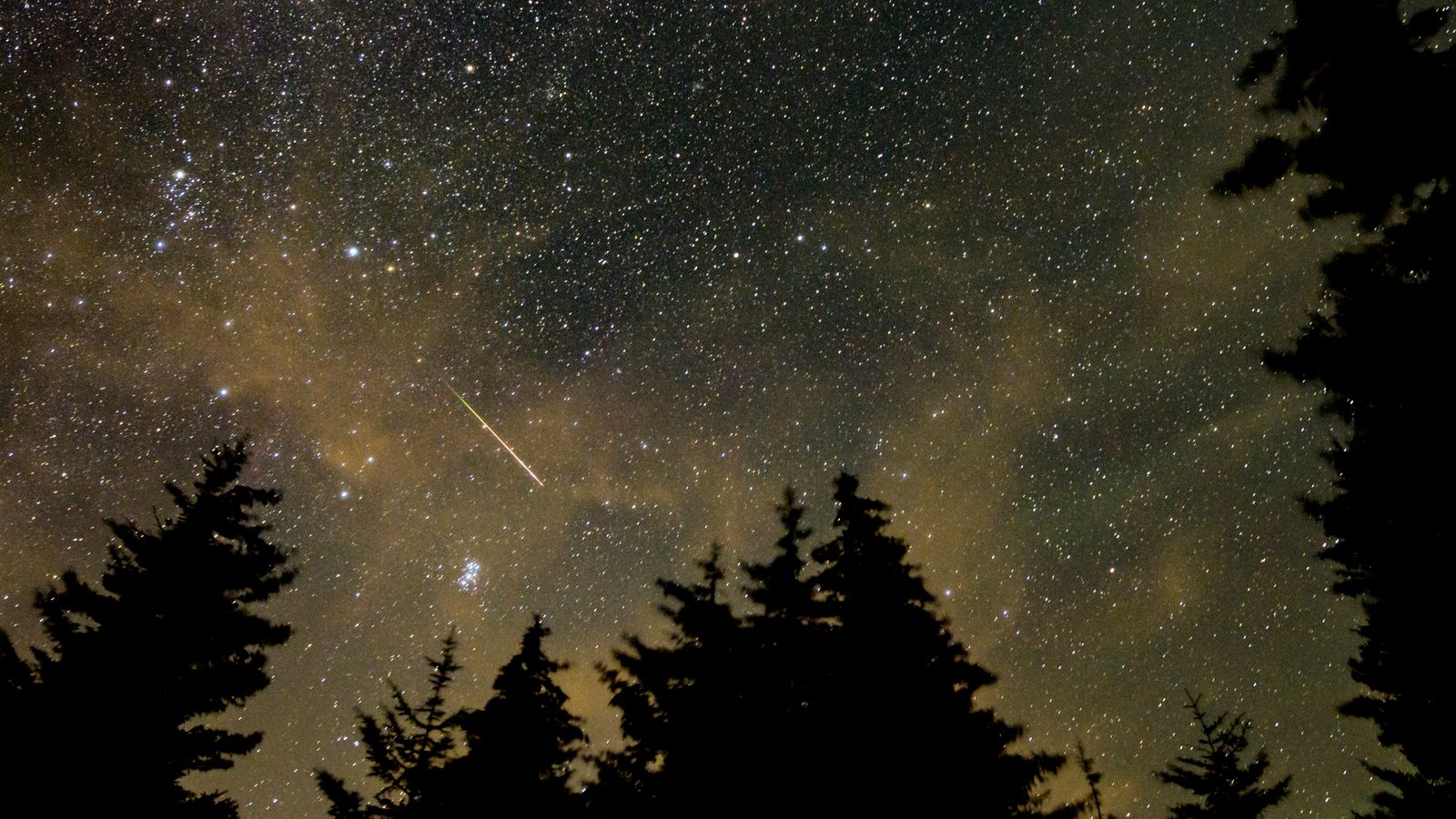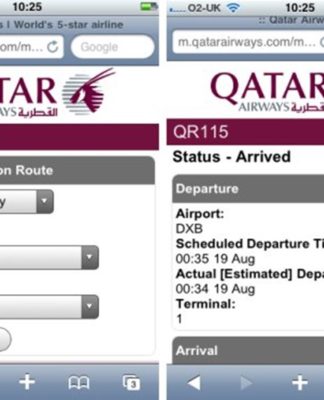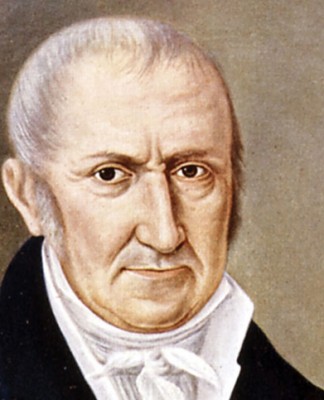Explainer
Perseid meteor shower peaks tonight – here’s what you need to know
While each meteor is only about the size of a grain of sand, when these babies hit 130,000mph, we see some serious cool stuff. That’s the astonishing speed at which they hit the Earth’s atmosphere, before burning up at scorching temperatures and making for some stunning nighttime views.
By Tom Acres, technology reporter
Saturday 12 August 2023 04:49, UK
Listen to this article
0:00 / 3:04
1X
BeyondWords
Audio created using AI assistance
A meteor streaks across the sky during the annual Perseid meteor shower in 2021.
Image:
A meteor streaks across the sky during the annual Perseid meteor shower in 2021
Why you can trust Sky News
The annual summer Perseid meteor shower peaks tonight, offering the best chance to see one of the night sky’s most spectacular light shows.
It’s been active since last month and runs to 24 August, but goes into overdrive from Saturday night into Sunday morning with up to 100 shooting stars per hour.
From super bright fireballs to meteors with trails long enough to follow, it promises to be quite the spectacle.
When’s best to catch the show?
If you can stay up, the Royal Observatory of Greenwich recommends between midnight and 5.30am on Sunday.
That’s when the sky is darkest and the meteors will be at their highest position in the sky.
But as Perseid is always above the horizon from the UK, you should be able to some meteors from sunset.
Experts suggest it’s best to try to spot them when the moon is below the horizon or when it’s in its crescent phase, because otherwise it acts as natural light pollution and will prevent fainter meteors from being visible.
Of course, moon or otherwise, the less light pollution the better – you won’t have as much luck looking up from the busy streets of central London as you would from an open field.
Any other advice for a good view?
You can see the Perseid meteor shower best in the northern hemisphere.
But unlike some rare comet sightings we’ve been treated to this year, you won’t need any special equipment.
They are best observed with the naked eye, though a comfy reclining chair wouldn’t go amiss.
As for that light pollution, try to avoid it by heading out to the countryside, or just a park or garden.
The Royal Observatory of Greenwich also suggests giving your eyes 15 minutes or so to adjust to the dark, which means staying off your phone.
And of course, fingers crossed the weather doesn’t spoil things where you live. While a clear night is forecast for southeastern, eastern and central England, it’s looking cloudier elsewhere.
If it does let you down this weekend, the shower still has more than a week to run its course.
Read more:
How safe are we from more dangerous meteors?
A meteor during a Perseid meteor shower seen from near Hawes in the Yorkshire Dales National Park. File pic
Image:
A Perseid meteor shower seen from near Hawes in the Yorkshire Dales National Park
Why do we even see them?
A good question, given each meteor is about the size of a grain of sand.
But when these babies hit 130,000mph, we see some serious cool stuff.
That’s the astonishing speed at which they hit the Earth’s atmosphere, and then start to burn up at scorching temperatures between 1,648C (2,998.4F) and 5,537C (9,998.6F).
They are produced every year when our planet ploughs through dusty debris left behind by the comet Swift-Tuttle.
As for the name Perseid, it’s because the meteors seem to originate from the constellation of Perseus, the Greek mythology hero who slayed Medusa.





















![List Of Profession Eligible For Family Visa In #Qatar2022 [Salary Occupations]](https://welcomeqatar.com/wp-content/uploads/2022/07/maxresdefault-1-324x400.jpg)








